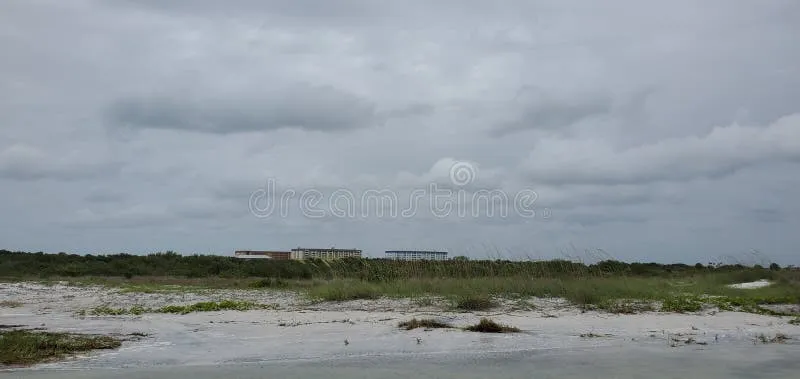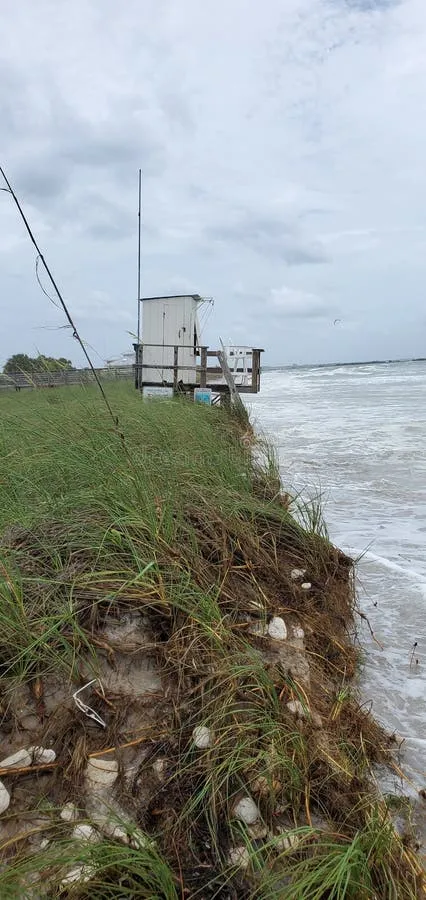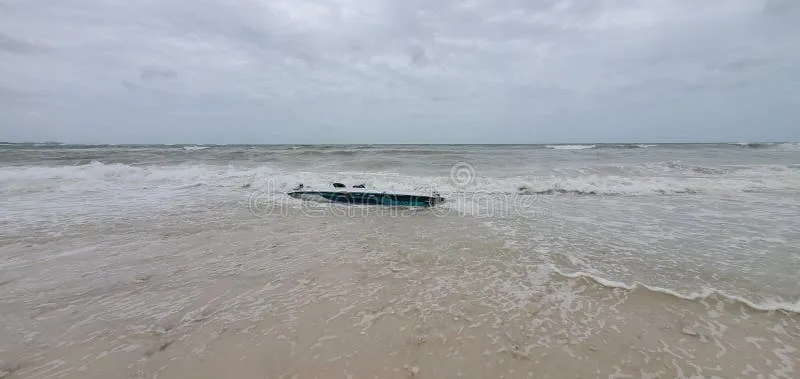Unveiling Honeymoon Island at Low Tide
Honeymoon Island, a pristine gem on Florida’s Gulf Coast, transforms dramatically with the ebb and flow of the tides. While the island is a popular destination year-round, experiencing it during low tide unveils a whole new world of exploration and discovery. This article reveals the secrets of Honeymoon Island at low tide, offering insights into the best times to visit, the hidden treasures you can find, and how to make the most of your visit. Prepare to be amazed by the magic that unfolds when the ocean recedes, revealing a landscape teeming with life and adventure. This guide will equip you with the knowledge and tips you need to plan an unforgettable low-tide experience on Honeymoon Island. From spotting unique wildlife to exploring expansive sandbars, Honeymoon Island offers a unique and rewarding experience at low tide. Getting there during low tide adds a dimension that many visitors miss, so it is a unique travel opportunity.
The Magic of Low Tide
Low tide at Honeymoon Island is more than just the absence of water; it’s a transformation of the entire landscape. The receding waters expose vast stretches of beach, hidden sandbars, and a wealth of marine life that’s usually concealed. This natural phenomenon creates unique opportunities for exploration, photography, and a deeper connection with the coastal environment. The air is filled with the sounds of seabirds and the gentle lapping of waves against the newly exposed shoreline. It is a time of peace and serenity, away from the crowds that often flock to the island during peak hours. The change in tide brings a different perspective of the familiar beach, and presents a chance to see a different side of the island. It’s a truly enchanting experience that captivates visitors of all ages.
What Causes Low Tide

The tides are primarily caused by the gravitational pull of the moon and, to a lesser extent, the sun. The moon’s gravity pulls on the Earth’s oceans, creating a bulge of water on the side of the planet closest to the moon. As the Earth rotates, different locations pass through this bulge, experiencing high tide. Low tides occur in areas that are perpendicular to the bulge, as the water is pulled away from those locations. Other factors, such as the alignment of the sun and moon, the shape of the coastline, and the weather, can also influence the height and timing of the tides. Understanding these forces helps in predicting the best times to visit Honeymoon Island during low tide, maximizing your chances of a rewarding experience. The specific tidal patterns vary, so planning is key to a successful visit.
Best Time to Visit During Low Tide
The best time to visit Honeymoon Island during low tide depends on the specific tidal predictions for the area. These predictions can be found online through various tide charts and weather websites. Generally, the lowest tides occur during the new and full moons, when the sun, moon, and Earth are aligned, maximizing their gravitational pull. The timing of low tide also varies daily, so it’s essential to check the tide charts before your visit. Arriving about an hour before the predicted low tide allows you to witness the water receding and the treasures being revealed. Also consider the time of day – the morning hours often offer the most pleasant conditions for exploration, with cooler temperatures and fewer crowds. A little bit of planning goes a long way in ensuring that you get the most out of your low tide adventure.
Hidden Treasures Exposed
Low tide at Honeymoon Island unveils a treasure trove of hidden delights. The receding waters expose a wealth of marine life, shells, and other fascinating finds that are typically submerged. This presents a unique opportunity for beachcombing and wildlife spotting. The exposed sandbars are excellent for exploring and enjoying the coastal scenery from a new perspective. It is like a scavenger hunt waiting to happen, where every step can bring a new discovery. Low tide transforms the familiar beach into an adventure zone. The low tide creates a great opportunity for photos. These hidden treasures make Honeymoon Island a truly special place to visit, enriching the experience for everyone, from casual visitors to seasoned nature enthusiasts.
Shelling and Beachcombing

Shelling and beachcombing are popular activities during low tide at Honeymoon Island. The retreating waters expose a wide variety of shells, from small, delicate specimens to larger, more striking finds. It’s a great opportunity to hunt for unique souvenirs or simply appreciate the beauty of the ocean’s bounty. Be sure to bring a bag or container to collect your treasures. Remember to practice responsible shelling by only taking shells that are already empty and avoiding any shells that still house living creatures. Also, be mindful of the environment and avoid disturbing the habitat of the marine life. The thrill of the find is part of the adventure, and there are always new shells and curiosities being uncovered. Keep an eye out for sand dollars, starfish, and other interesting items that wash ashore.
Wildlife Spotting Opportunities
Low tide is a fantastic time for wildlife spotting at Honeymoon Island. As the water recedes, it creates shallow pools and exposes areas where various creatures come to feed or seek shelter. You might spot wading birds, such as herons and egrets, searching for fish and crustaceans. Keep an eye out for shorebirds, like sandpipers and plovers, darting along the shoreline. The low tide is an excellent time to explore the tide pools, filled with small marine life like crabs, snails, and small fish. It’s a chance to see the intertidal zone in all its glory. Bring binoculars to enhance your viewing experience. Respect the wildlife by observing from a distance and not disturbing their natural behavior. Honeymoon Island is a haven for wildlife, and the low tide provides an unparalleled opportunity to witness it up close.
Exploring the Sandbars
The low tide unveils the expansive sandbars that surround Honeymoon Island, creating a unique and unforgettable landscape. These sandbars are essentially underwater land formations that become exposed during low tide, offering a vast expanse of shallow water and sandy terrain to explore. Walking on the sandbars offers a unique perspective of the island, allowing you to venture further out and experience the ocean in a different way. The sandbars are typically teeming with marine life, providing a chance to spot various creatures in their natural habitat. You can find beautiful shells, sea stars, and other marine life. It’s like walking on water, with the sea gently lapping at your ankles. The sandbars are a major highlight of the low tide experience.
Navigating the Sandbars Safely

While exploring the sandbars is a thrilling experience, it’s important to do so safely. Always check the tide charts and be aware of the rising tide to avoid getting stranded. The water can rise quickly, so it’s essential to have a plan to return to the main beach before the tide comes in. Wear appropriate footwear, such as water shoes or sandals, to protect your feet from sharp shells and other debris. Be mindful of the marine life and avoid stepping on any living creatures. It’s a good idea to let someone know your plans and estimated return time. Bring a fully charged phone to be safe, or for photos. Enjoying the sandbars safely ensures that your adventure is both memorable and enjoyable. Always prioritize safety when exploring the sandbars and take the necessary precautions.
What to Bring for a Sandbar Adventure
Packing the right gear can greatly enhance your sandbar adventure. Bring plenty of sunscreen, a hat, and sunglasses to protect yourself from the sun. Water shoes or sandals are essential for navigating the sandy terrain and protecting your feet. A waterproof bag or dry bag is useful for keeping your belongings safe from the water. A beach towel will also be helpful. Bring a reusable water bottle to stay hydrated. Binoculars are great for wildlife viewing. A camera or phone to capture the stunning scenery and unique marine life. A small first-aid kit is always a good idea in case of minor injuries. Snacks are also helpful if you plan to spend a longer period of time on the sandbars. Bringing the essentials will help you have a safe and fun experience.
Tips for Planning Your Low Tide Trip
Planning your low tide trip to Honeymoon Island is key to ensuring a successful and enjoyable experience. Research the tide charts and weather forecast ahead of time. Plan your visit around the predicted low tide, and arrive an hour or two before the lowest tide to experience the full effect. Consider the time of year and the weather conditions. Pack accordingly, bringing the necessary essentials for a day at the beach. Plan your route and decide which areas you want to explore. Be sure to inform someone about your plans and estimated return time. By following these tips, you can create a memorable and rewarding experience at Honeymoon Island during low tide. Planning ahead allows you to maximize your time and truly immerse yourself in the magic of the low tide.
Checking Tide Charts and Weather

Checking the tide charts and weather forecast is essential for planning your low tide adventure. Tide charts provide detailed information on the predicted times and heights of high and low tides. You can find these charts online through various websites and apps. The weather forecast is also important, as it can affect the visibility, temperature, and overall conditions of your visit. Check the forecast for sunshine, wind, and rain before you go. High winds and rough weather can make the low tide experience less enjoyable and sometimes unsafe. Checking the tide charts and weather ensures that you’re prepared for the conditions and have a safe and enjoyable trip. These tools will greatly influence your planning process, and ultimately, your experience.
Safety Precautions and Guidelines
Safety should always be your top priority during your low tide visit to Honeymoon Island. Be aware of the potential hazards, such as strong currents, sharp shells, and marine life. Supervise children closely and keep them within sight. Always check the tide charts and be aware of the rising tide, to avoid getting stranded. Wear appropriate footwear and clothing to protect yourself from the sun and potential hazards. Stay hydrated and drink plenty of water, especially on hot days. Be mindful of the environment and avoid disturbing the natural habitat of the marine life. By following these safety precautions and guidelines, you can ensure a safe and enjoyable experience for yourself and others. Remember, respect the power of nature, and be prepared for any situation that may arise.
Experiencing Honeymoon Island at low tide is a truly unforgettable adventure. From the magic of the receding waters to the hidden treasures revealed, there’s something for everyone to enjoy. With careful planning and by following these tips, you can uncover the secrets of this coastal paradise and create memories that will last a lifetime. So, pack your bags, check the tide charts, and prepare for an adventure that will leave you in awe of the beauty and wonder of nature. Honeymoon Island awaits, ready to reveal its secrets to those who seek them. Explore, discover, and immerse yourself in the magic of Honeymoon Island at low tide!
